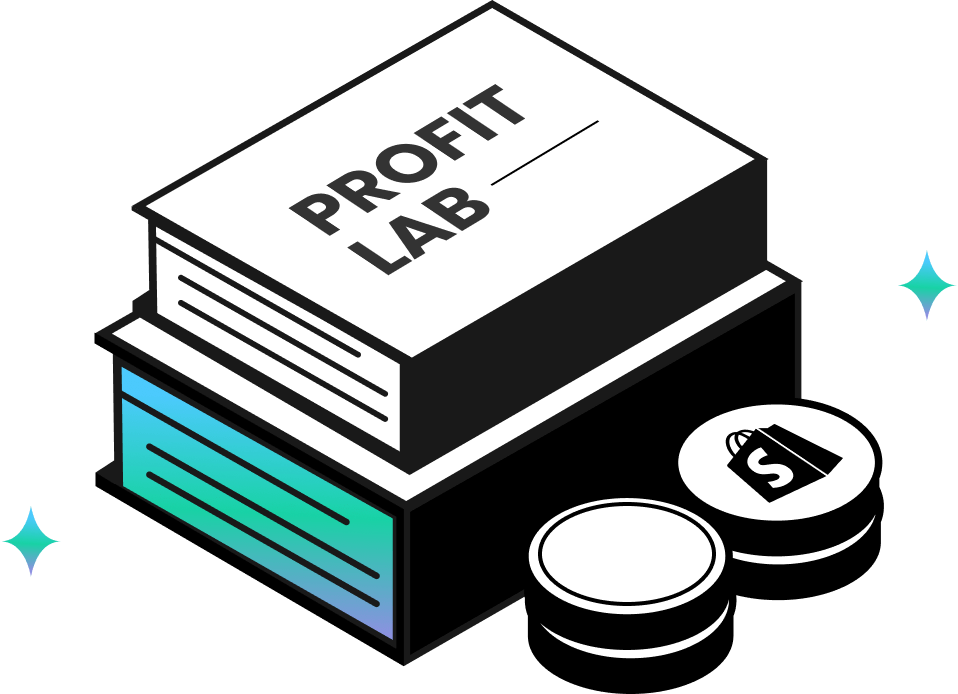
7 Deadly Sins That Keep New Dropshippers Broke
I’ve been doing dropshipping for 3 years now
And if there’s one thing I’ve learned, it’s this: Most dropshippers don’t fail because the model doesn’t work.
They fail because of a handful of sins that kill 90% of beginners before they ever taste real success.
I know, because I commit some of these sins myself. And I’ve watched others fall into the same traps again and again.
So here are the 7 sins I consider most deadly. The ones you’ll want to avoid if you want to stay in the game long enough to succeed.
Sin #1: Launching A General Store
There was a time when you could spin up a general store, throw in 100 random products from AliExpress, and let the data tell you which one could be the winner.
Back then, it worked for quick product testing when shoppers weren’t as picky.
But that old playbook doesn’t work anymore. Shoppers are way savvier now, and most won’t trust a store that looks like it’s selling everything under the sun.
The smarter move? Start with a niche store. Do real research on the niche and products you plan to sell. It’s the first step to building trust and lifting your conversion rate.
Sin #2: Reinventing The Wheel
Selling a “winning product” that everyone else is pushing rarely works because it’s usually oversaturated. But going in the opposite direction isn’t the right way either.
When I first started, I thought good marketing could make any product I believed in sell.
The truth? Products with no one selling and a weak sales record usually mean one of two things:
- They were saturated years ago
- They never had real demand to begin with. And no amount of marketing can fix that.
What I learned the hard way is this: Always validate demand before you go all in. Then test the product, and let the numbers decide if it’s worth scaling (Quick rule of thumb: you’ll want at least a 2% conversion rate and a net margin above 15%).
Sin #3: Building A Dropshipping Store That Looks Like A Dropshipping Store
Pick 10 random dropshipping stores today and 9 of them will look the same: low-quality product images, walls of text for descriptions, clunky layouts, and an overall vibe that feels unreliable.
The issue? When your store looks messy, customers assume your product quality and service will be just as bad. And they bounce.
In short: Don’t build a dropshipping store that looks like one. Build a store that feels like a brand people can trust with their money.
If you’re not sure where to start, I wrote a post called the **Idiot-Proof Product Page Handbook.** It’ll give you the right mindset to shape your whole website into a brand people actually want to buy from.
Want The Rest?
Subscribe now to read the full version of this post and all other resources in Profit Lab for free.




